Sadness and grief amidst joy
Amid Achievements and Contributions, Challenges Loom Large
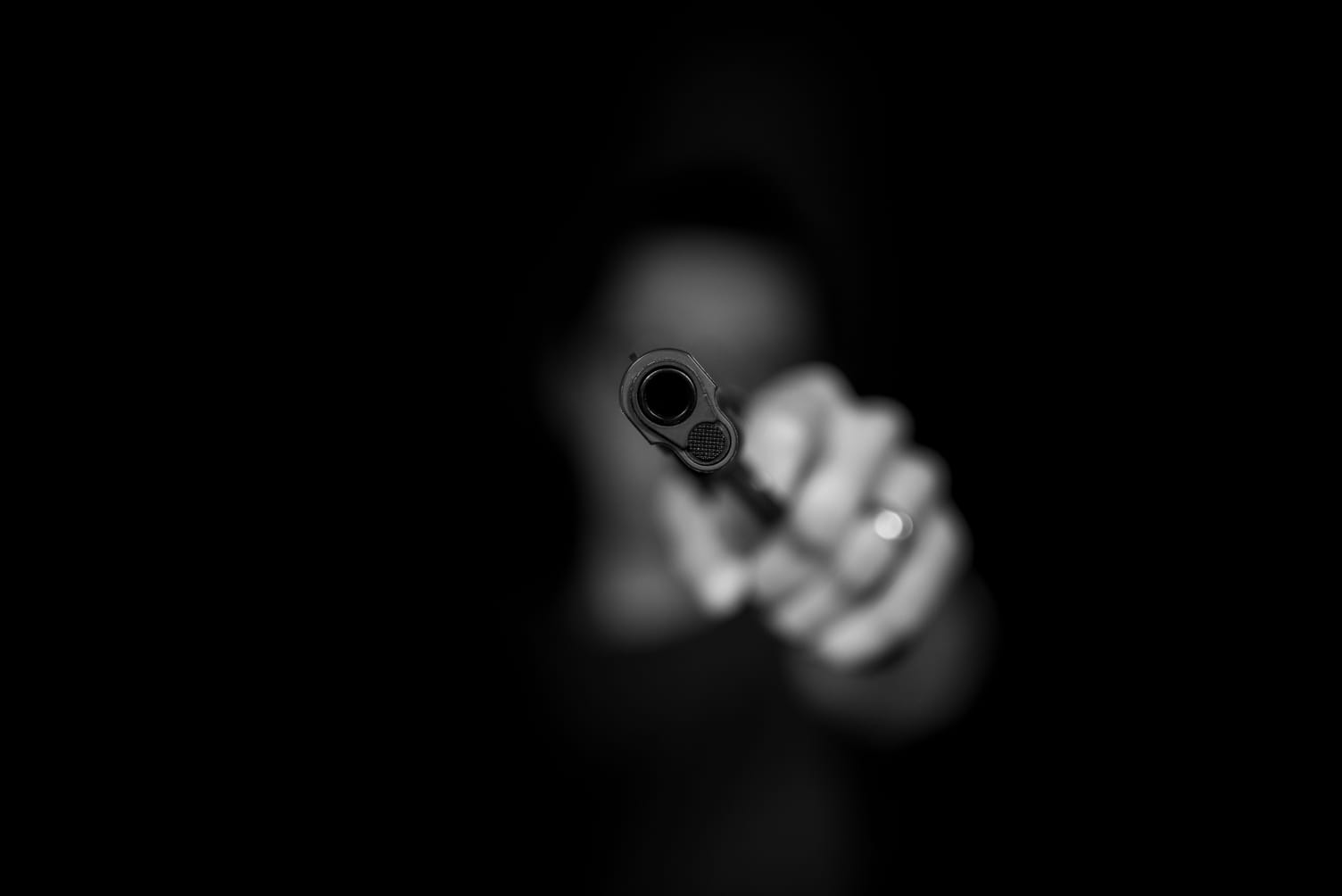 Representative image / Image - Unsplash
Representative image / Image - Unsplash
Every now and then the Indian American community gets a rude wake up call—a student from India getting killed; or an Indian American family dying in a tragic accident on the road or at home only to be ruled at a later stage of being a murder-cum-suicide.
It leaves a lump in the throat when young children, even toddlers, are snuffed away in a nano-second whatever might have been the thinking of the person pulling the trigger. A case in point is the recent tragedy at San Mateo where a young husband-wife and their twin kids perished.
Statistics are grim but something that cannot be swept under the carpet. Close to 43,000 people in the United States die from gun violence every year; about 25,000 die from gun suicide.
The numbers may vary by organizations but it is undoubtedly a numbing scenario, that so many lives are lost to guns in a country where it is illegal to buy cigarettes and alcohol till the age of 18 or 21, depending on the state.
The United States has its share of bigots and people of Indian origin including Indian Americans have been targeted for any number of reasons including for just the way they look or dress.
Naturally there is the demand on authorities to press charges of hate crime even while knowing that getting a conviction could be difficult.
The spate of recent attacks on Indian students has justifiably led to a concern whether it is something just random or wanton killing based on ethnicity. In any democracy the legal process would have to play out.
The sadness and grief to a community comes at a time when it has been generally recognized for its contributions to the land of adoption. Indian Americans have done extremely well in any chosen profession with the median annual income almost twice as that of the country; the share of Indian Americans with a Bachelor’s degree or higher is twice the national average.
Politically, economically and socially the community of some 4 millions have come to be a power to be reckoned with.
President Joe Biden was not off the mark when not too long ago in a conversation with an Indian origin scientist at NASA quipped, “Indian Americans are taking over this country… you guys are incredible”, referring to his Vice President Kamala Harris and speechwriter Vinay Reddy.
Indian Americans, President Biden was pointing out, have come a long way since 1911 when a Special Commission established by the American Congress maintained that Hindus were “universally regarded as the least desirable race of immigrants thus far admitted to the United States”.
In a setting where there are no free lunches, the Indian American—be it students just landed from India in the pursuit of their dreams and passions or full fledged professionals—have strived hard to earn their place in society.
But in the race to make it to all the known lists of Top Ten, Twenty or Fifty, adequate time has not been given to think about how the path has been and on ways to adjust in the event of setbacks.
That is where professionals in the Indian American community should step in to offer counselling. Simply blaming guns or the presence of a weapon at home will not do
ADVERTISEMENT
ADVERTISEMENT
E Paper
Video


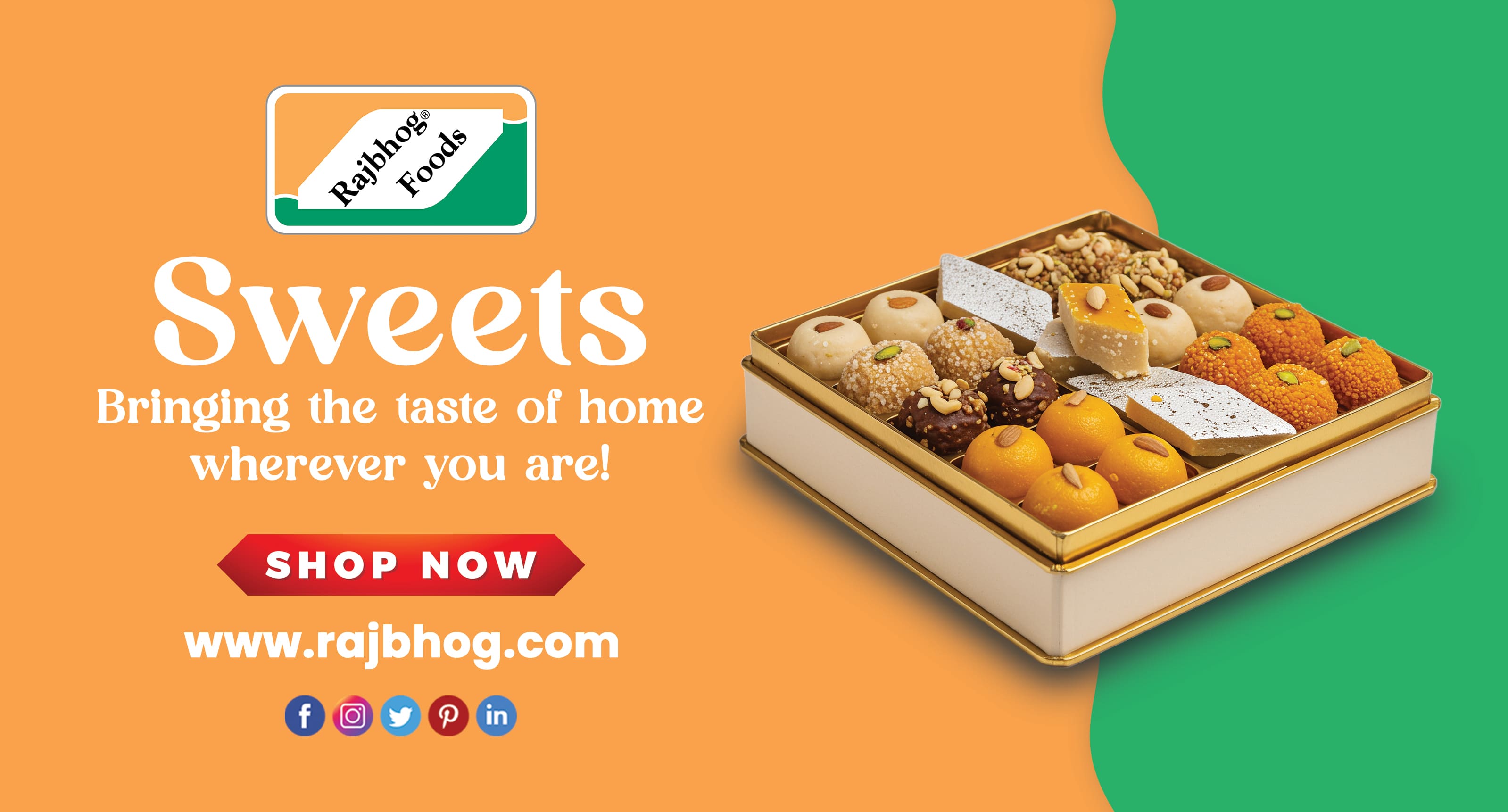
1744365251.png) Editorial Board
Editorial Board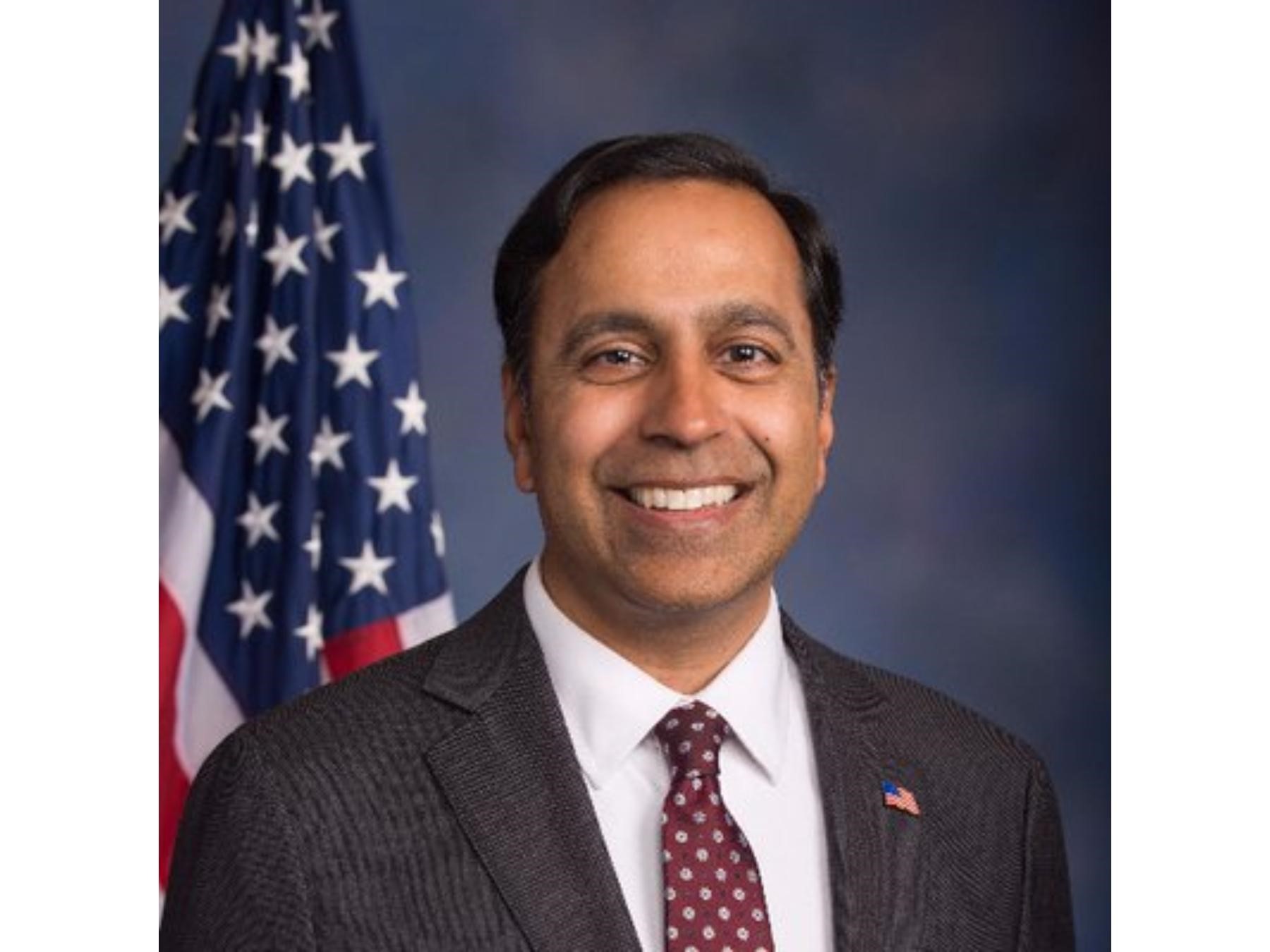
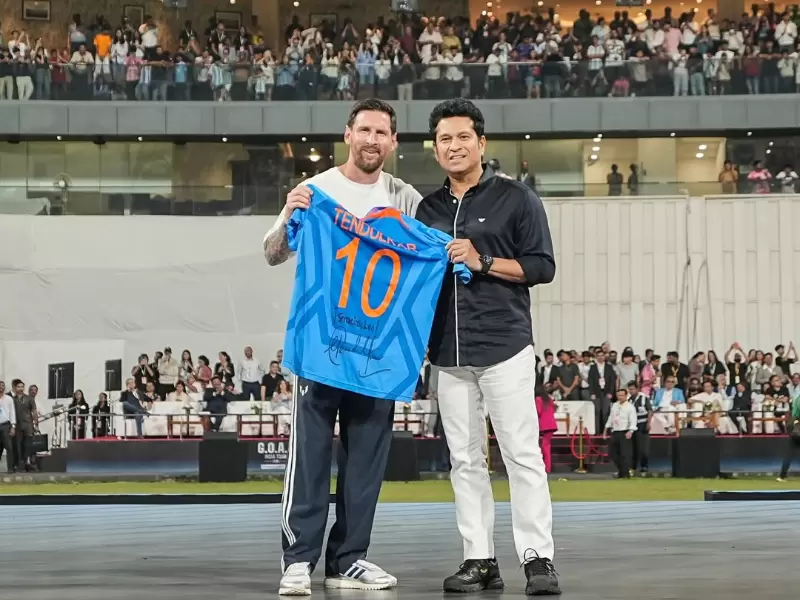
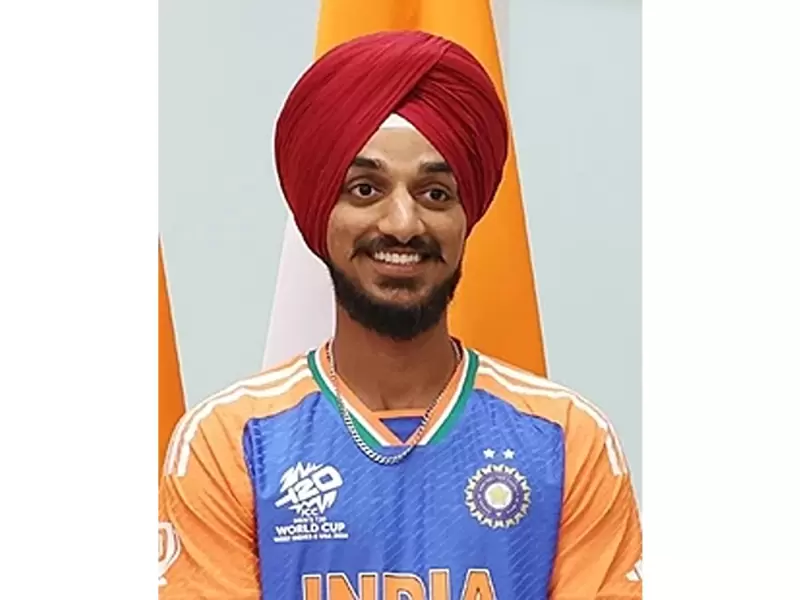
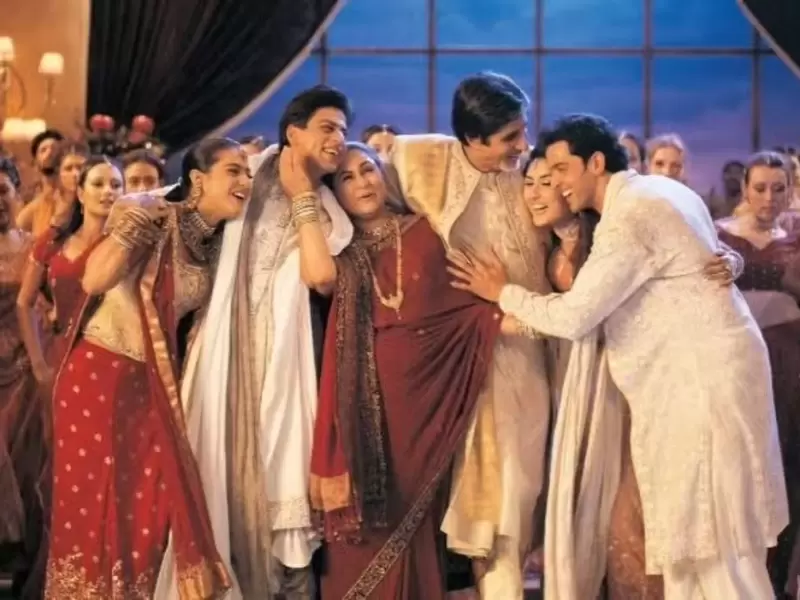
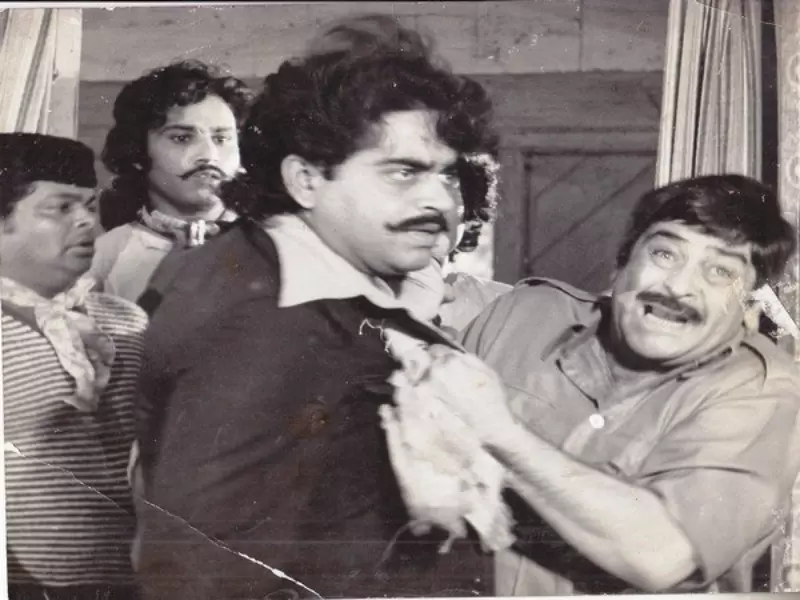
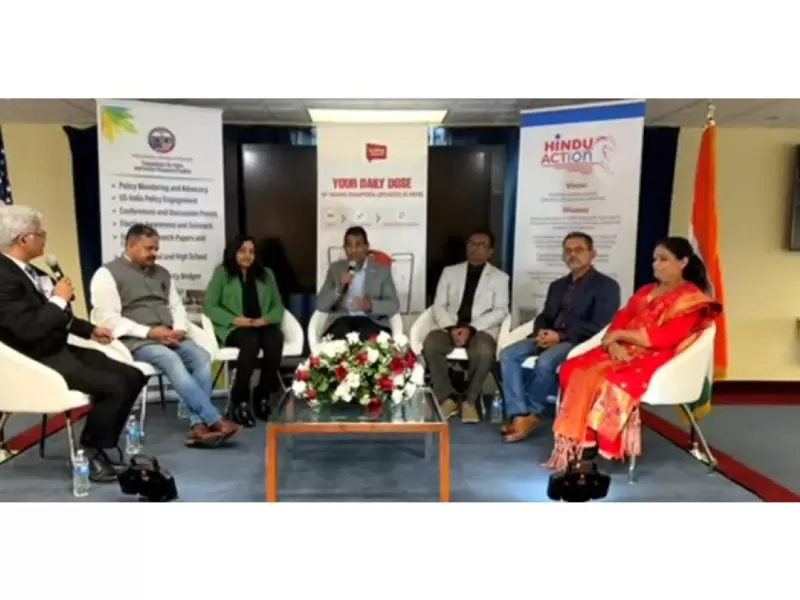
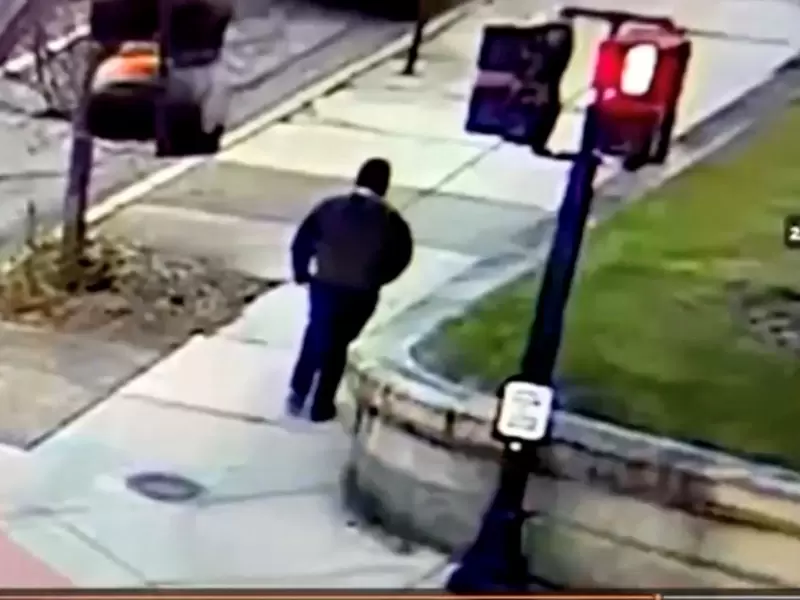
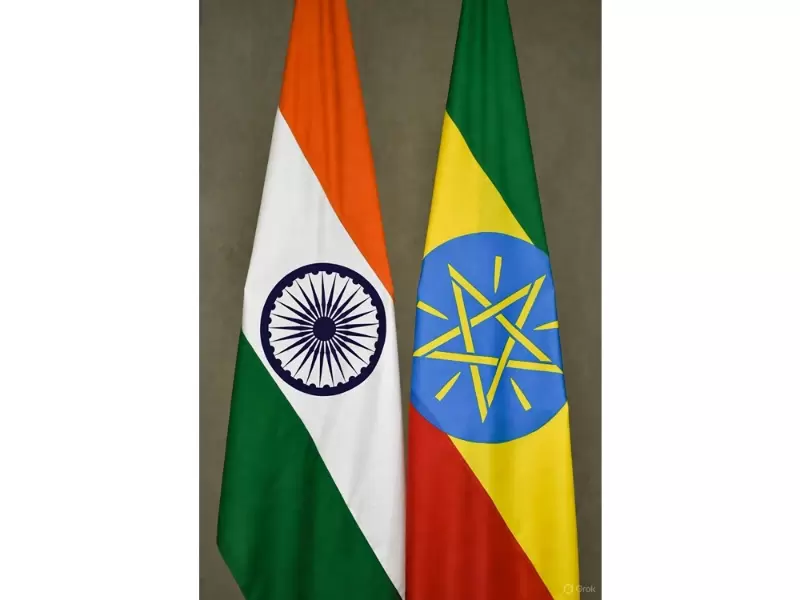
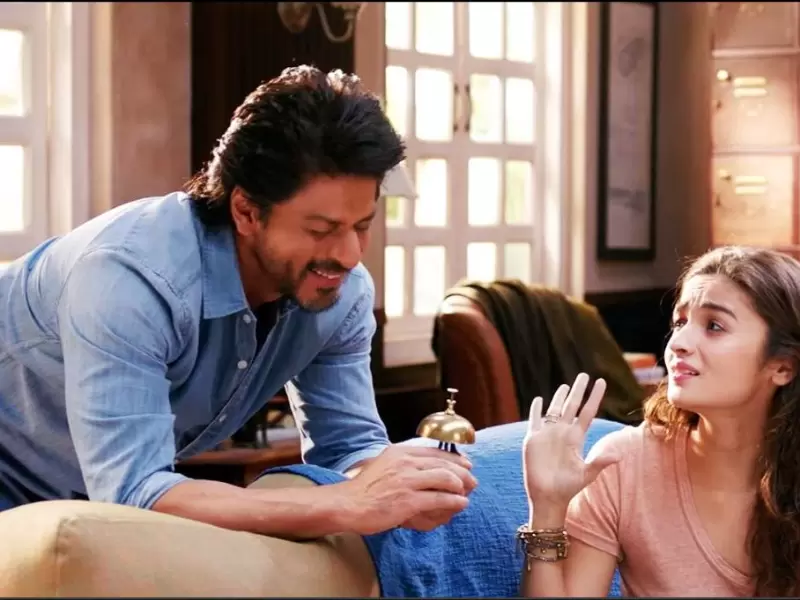
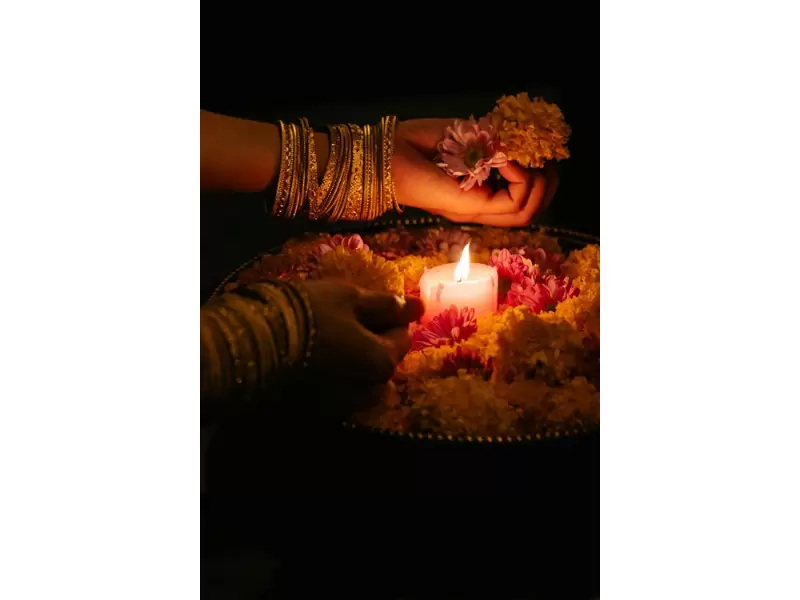
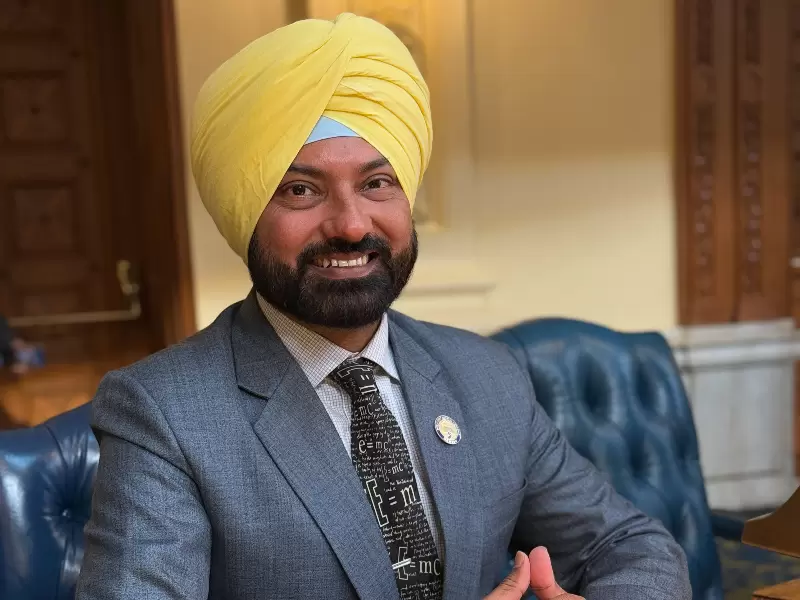


Comments
Start the conversation
Become a member of New India Abroad to start commenting.
Sign Up Now
Already have an account? Login